John Wesley Harding by Bob Dylan
Buy John Wesley Harding After a relatively long hiatus from recording due to a serious motorcycle accident, Bob Dylan returned to simple form and constructs with his eighth studio album, John Wesley Harding, […]
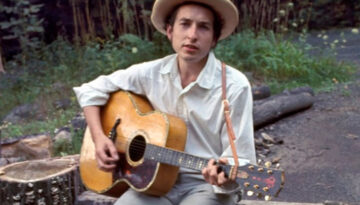
Buy John Wesley Harding After a relatively long hiatus from recording due to a serious motorcycle accident, Bob Dylan returned to simple form and constructs with his eighth studio album, John Wesley Harding, […]
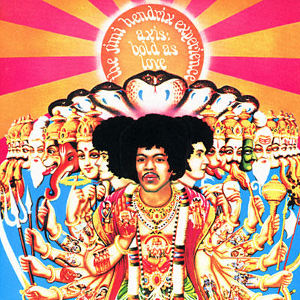
Buy Axis: Bold As Love The second album from the trio’s explosive and productive 1967, Axis: Bold as Love, was released in the United Kingdom by The Jimi Hendrix Experience in December 1967. […]
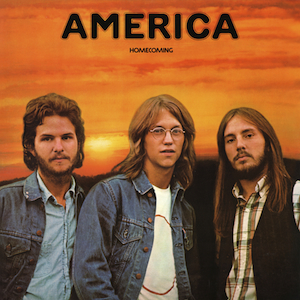
Buy Homecoming America‘s second studio album, Homecoming, showcases the trio hitting their folk-rock stride with a slight nod to some diversified musical sub-genres. Released in late 1972, this album features group added richer […]
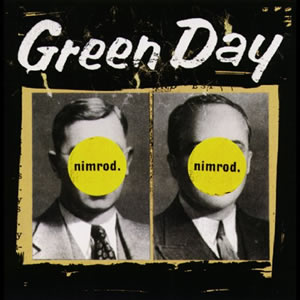
Buy Nimrod Nimrod is the 1997 fifth studio release by Green Day. Here, the group expanded their style and sound by adding some subtle orchestration and by blending some diverse sub-genres with their […]
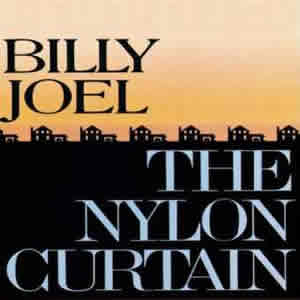
Buy The Nylon Curtain After much commercial success with his previous albums, Billy Joel really branched out to new musical territory on his eighth studio album, The Nylon Curtain. On this album, the […]
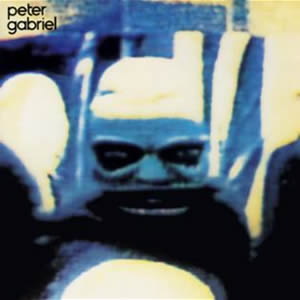
Buy Peter Gabriel (1982) In 1982, Peter Gabriel released his fourth self-titled solo album, which was labeled “Security” on the shrink wrap of some early LP pressings. While this album lacked an original […]
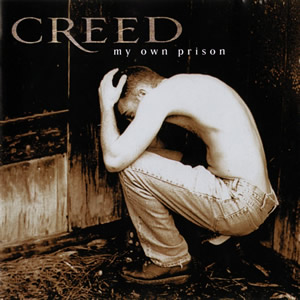
Buy My Own Prison Over the course of 100+ weeks on the album charts, Creed’s 1997 debut album, My Own Prison steadily grew from a small independent release to a multi-platinum blockbuster which […]
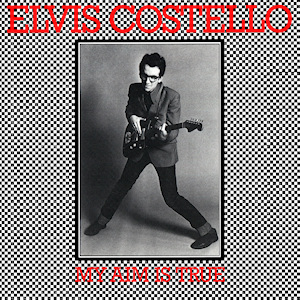
Buy My Aim is True My Aim Is True is the debut album by Elvis Costello and it introduced the world to a hybrid sound that drew near equal influence from 1950s old […]
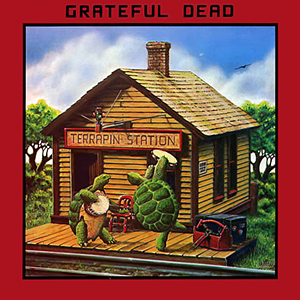
Buy Terrapin Station By the mid 1970s, the fiercely independent Grateful Dead decided to make a radical turn towards more conventional music business practices. Foremost in this new direction was the decision to […]
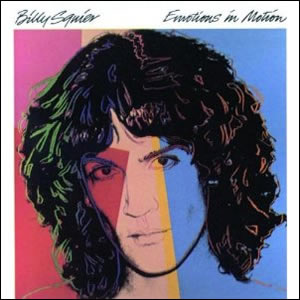
Buy Emotions in Motion Billy Squier delivered a second straight solid hard rocker with 1982’s Emotions in Motion, the third overall solo release by the Massachusettes native. While continuing much of the solid […]